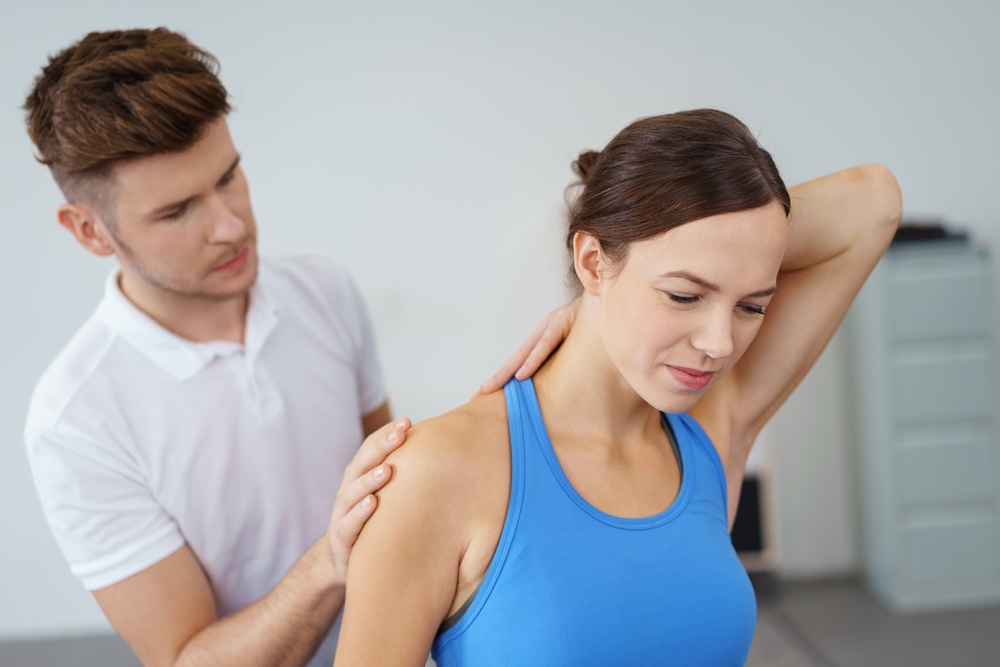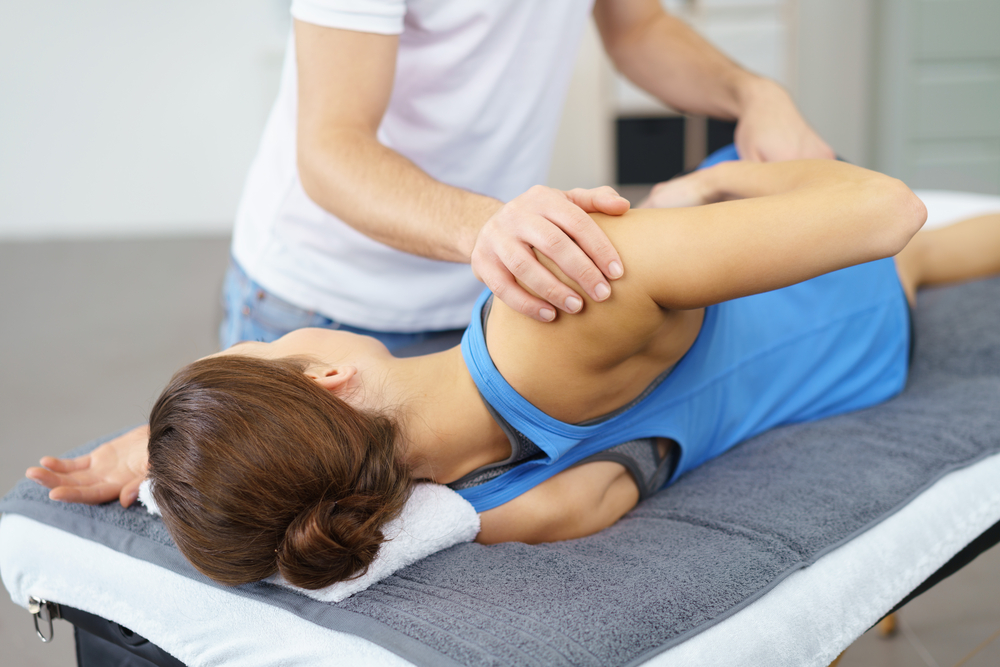Each of the joints in your body must operate in the proper way to minimize the risk of injury and to ensure proper achievement of the movement goal – such as raising your arm or turning your leg to step in another direction. When the joint does not move properly, dysfunction can lead to complications, including the development of inflammation and pain. Your physical therapist’s job is to ensure each of those joints is moving properly. To do that, they may use joint mobilization strategies.
What is Joint Mobilization?
Joint mobilization is a specific technique to normalize the function of the joints. It is done to restore the proper movement of each component that makes up the joint. There are numerous methods that a physical therapist can apply to achieve these results. This is done based on the degree of damage present and the right treatment for your needs.
Ultimately, your therapist’s goal is to use their knowledge to apply the proper movement to reduce pain and improve joint function. Once they understand the severity of the condition, which is communicated through joint mobilization grades, they can apply proper treatment to reduce pain.
What are the Different Types of Joint Mobilization?
Joint dysfunction can occur in numerous ways. That’s why several strategies exist that can significantly improve joint function and movement. There are typically three types of joint mobilization therapy used:
- Oscillatory Joint Mobilizations: In this method, the physical therapist applies gentle pressure to the joint using a low velocity and variable amplitude. The therapist will not apply too much intensity but only as much as the patient is comfortable with at that time. This can change over the treatment period.
- Sustained Joint Mobilizations: In this therapy, the movement – which could be pulling or tugging, is maintained in a constant state for a few moments. By pulling and holding it, it is possible to reduce the amount of compression within the joint. In the process, this allows time for the surrounding soft tissues to stretch. It is often repeated several times, giving the joint time to become better aligned and inflammation to drop.
- Thrust Joint Mobilizations: In this more aggressive strategy (though there is no pain involved), the physical therapist will apply excessive motion at a high rate of speed but with low amplitude. This is done with very tight movement to create a very specific alignment improvement.
The benefit of these movements is often pain reduction but it can also improve range of motion. Most often, it works to improve the overall function of the targeted area.
Terms to Know:
- Manual Therapy: The term manual therapy refers to the application of a hands-on technique by your physical therapist. It is also referred to as manipulative therapy and is used to treat musculoskeletal pain and disability. Most often, it involves manipulation of the muscles or joints to reduce pain and improve motion.
- Range of Motion: In the context of physical therapy, range of motion is the extent to which a joint can be moved. It is the full movement the joint can perform. In some situations, a limited range of motion may occur due to injury, inflammation, or scar tissue development.
- Accessory Movement: This term refers to joint movements that cannot be performed by an individual. This could include roll, spin, or slide. These movements accompany the physiological movements of a joint.

Grades of Joint Mobilization
One of the core components of this process is joint mobilization grades. The grates will differentiate between the various levels of treatment.
- Grade 1: At this level, the speed is slow, and the amplitude is also small. Typically, the joint’s arc of motion is a series of back-and-forth movements to achieve the objective.
- Grade 2: The next step up this creates a slow motion that has a large amplitude.
- Grade 3: Here, the velocity is slow, but there is a large amplitude of the back-and-forth motion. This typically is utilized at the middle to the end of joints arc of motion.
- Grade 4: In this grade, the movement is slow and the amplitude is small. It is used at the end of joints arcs of motion specifically.
- Grade 5: In this grade, there are high-speed movements with small amplitude thrusts. It is applied to the ends of joint available motion.
If you have inner knee pain or you have the need for improvement of the joints in the hand, your therapist will apply the proper grade based on the intensity of the pain you have as well as the overall treatment level you can handle comfortably.
What Can Joint Mobilization Help You With?
Physical therapists can apply joint mobilization to a wide range of areas of the body. The process involves stabilizing one area of the joint while applying force to the area adjoining it. The force used, as described in the joint mobilization grades, determines the direction of the tightness and how forceful and sudden the movement is.
This type of treatment can help with stiffness and pain in just about any area of the body where a joint exists. However, there are several areas in which it is commonly applied:
- Shoulder Pain: If you have upper back pain when waking up or impingement of the shoulder, this treatment may be utilized.
- Back Pain: Those with acute or chronic back pain, such as after an injury, may benefit.
- Neck Pain: If you have neck pain and stiffness, this type of therapy may be highly helpful.
- Plantar Fasciitis: Inflammation of the lower portion of the foot, called plantar fasciitis, can be improved using this strategy.
- Wrist Pain: Many people have wrist pain that can limit movement or create instability, and this strategy may offer some relief.
Are You Ready to Feel Better?
If you are struggling with pain, set up an appointment with Rock Valley Physical Therapy to discuss the use of joint mobilization. What you may find is that this is one of the best ways to get back to moving again without pain or limitation.
